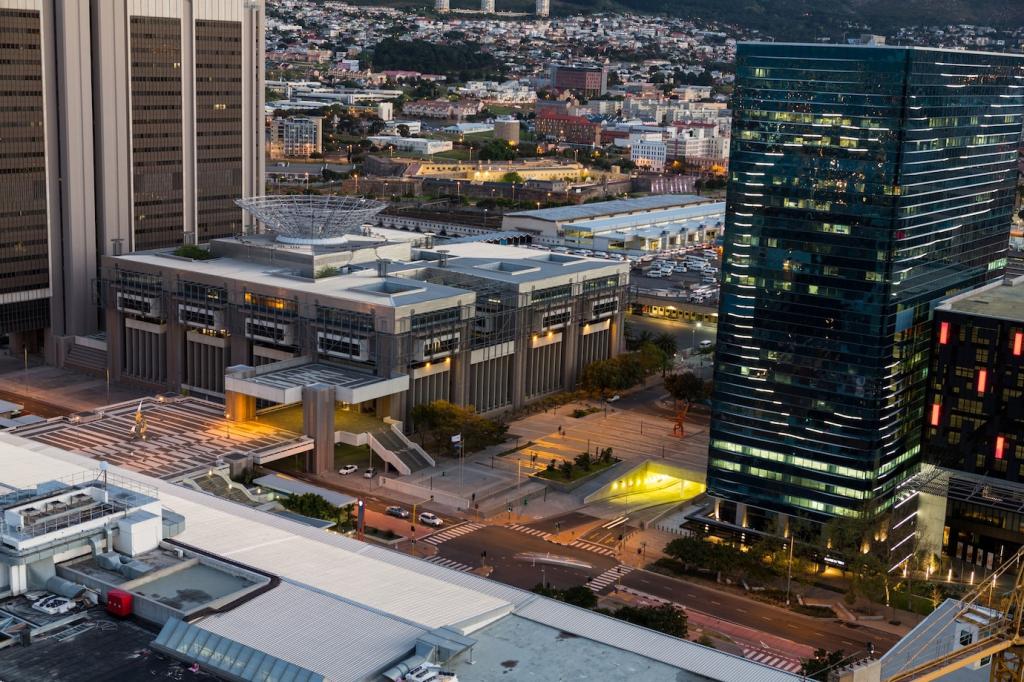This website uses cookies so that we can provide you with the best user experience possible. Cookie information is stored in your browser and performs functions such as recognising you when you return to our website and helping our team to understand which sections of the website you find most interesting and useful.
Urban Farming Innovations: Embracing Technology for Sustainable Growth
Urban farming has rapidly evolved beyond traditional gardening, ushering in a new era of technology-driven solutions for sustainable food production within cities. As urban populations continue to grow, innovative urban farming practices offer a promising answer to food security challenges, resource limitations, and environmental concerns. This progressive fusion of agriculture and technology transforms rooftops, vacant lots, and indoor spaces into productive green hubs, reshaping the way cities grow and consume food. Exploring the latest advancements, this page delves into the pivotal technologies, models, and implications of urban farming innovations, highlighting their potential to create resilient urban ecosystems and forge a greener, healthier future for city dwellers.
Smart Farming Systems Revolutionizing Urban Spaces
Automated Environmental Control
Data-Driven Crop Management
Mobile and Remote Farm Access




Rooftop and Indoor Greenhouses
Robotics and Automation Accelerating Urban Food Production
Sustainable Inputs and Circular Economy Practices
New Business Models and Urban Food Supply Chains
Subscription-Based Produce Services
Urban Farm-to-Table Partnerships
Traceability Through Technology
Social and Environmental Impact of Urban Farming Innovations


